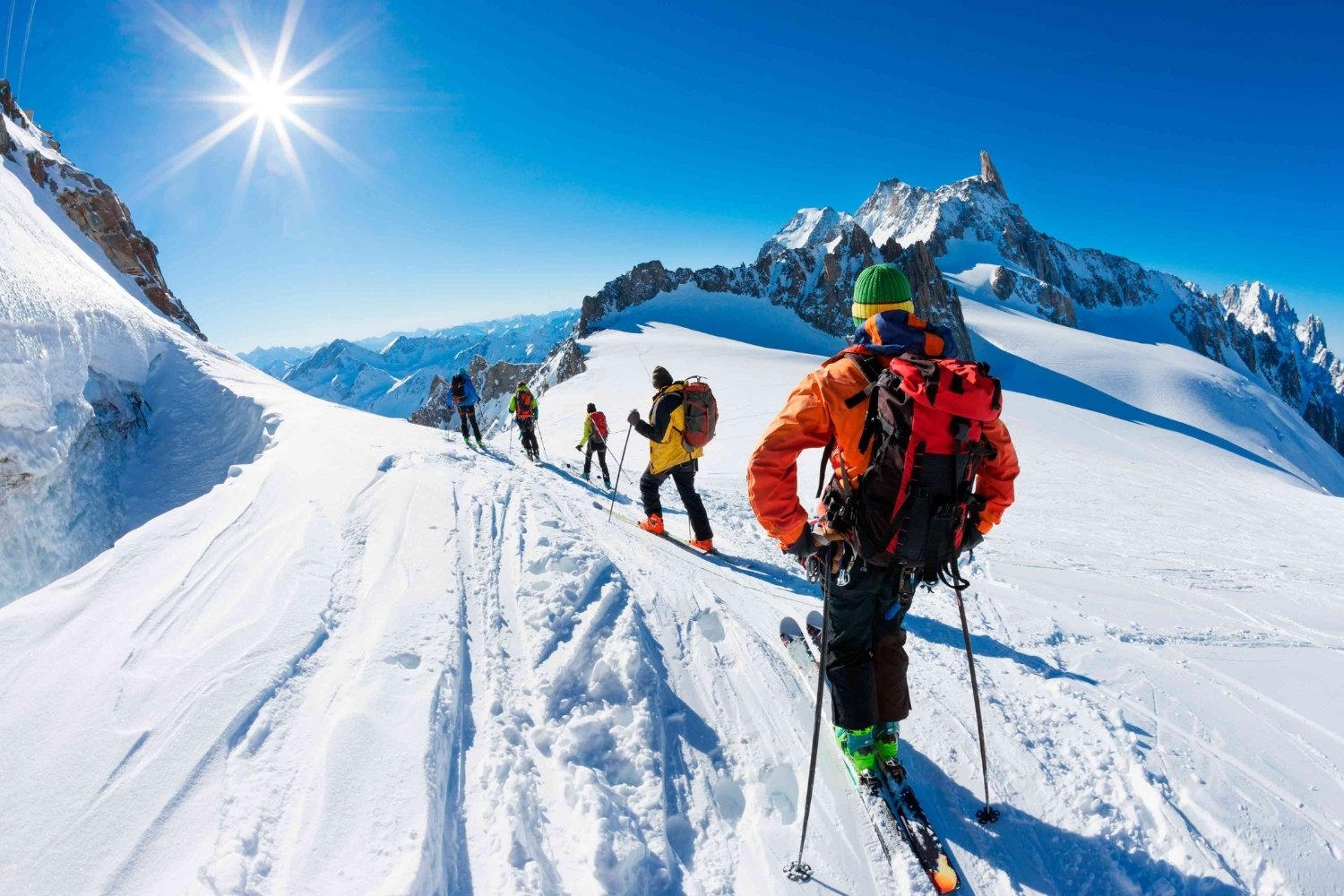
Ski mountaineering combines the thrill of skiing with the challenge of mountain climbing. This sport isn't just about gliding down snowy slopes; it involves ascending peaks using skis, often with skins attached for grip. Ski mountaineers need to be skilled in both skiing and mountaineering techniques, making it a demanding yet rewarding activity. Whether you're a seasoned adventurer or a curious beginner, understanding the essentials of ski mountaineering can enhance your experience. From the gear you need to the best locations for this sport, we've compiled 25 fascinating facts to get you started. Ready to hit the slopes and scale those peaks? Let's dive in!
What is Ski Mountaineering?
Ski mountaineering combines skiing and mountain climbing. It’s an adventurous sport that requires skill, endurance, and a love for the mountains. Here are some fascinating facts about this thrilling activity.
-
Ski mountaineering involves ascending mountains on skis and then skiing down. It’s a mix of alpine skiing, cross-country skiing, and mountaineering.
-
The sport originated in the European Alps in the early 20th century. Skiers sought new challenges beyond traditional skiing.
-
Ski mountaineering is also known as "skimo." This nickname is a blend of "ski" and "mountaineering."
-
The equipment used includes specialized skis, bindings, boots, and skins. Skins are attached to the bottom of skis to help with uphill traction.
-
Ski mountaineers often use avalanche safety gear. This includes beacons, probes, and shovels to stay safe in avalanche-prone areas.
The Skills and Training Required
Ski mountaineering is not for the faint-hearted. It requires a unique set of skills and rigorous training.
-
Physical fitness is crucial. Ski mountaineers need strong legs, core, and cardiovascular endurance.
-
Technical climbing skills are essential. This includes using crampons, ice axes, and ropes for steep ascents.
-
Skiing skills are equally important. Ski mountaineers must be proficient in both downhill and cross-country skiing techniques.
-
Navigation skills are vital. Ski mountaineers often travel in remote areas where maps and compasses are necessary.
-
Avalanche training is mandatory. Understanding snowpack conditions and recognizing avalanche hazards can save lives.
The Thrill of Competition
Ski mountaineering has evolved into a competitive sport with races held worldwide.
-
The first ski mountaineering race was held in 1923 in the Swiss Alps. It was called the "Patrouille des Glaciers."
-
The sport is governed by the International Ski Mountaineering Federation (ISMF). They organize world championships and set rules for competitions.
-
Races typically involve multiple ascents and descents. Competitors must carry all their gear, including safety equipment.
-
The sport was included in the Winter Olympic Games for the first time in 2026. This inclusion has boosted its popularity.
-
Ski mountaineering races are known for their challenging courses. They often include steep climbs, technical descents, and long distances.
The Environmental Impact
Ski mountaineering, like all outdoor activities, has an impact on the environment. However, many enthusiasts strive to minimize their footprint.
-
Ski mountaineers often follow "Leave No Trace" principles. This includes packing out all trash and minimizing impact on natural areas.
-
The sport can disturb wildlife. Ski mountaineers are encouraged to avoid sensitive habitats and respect wildlife closures.
-
Climate change affects ski mountaineering. Warmer temperatures and changing snow patterns can make conditions more dangerous.
-
Many ski mountaineers advocate for environmental conservation. They support initiatives to protect mountain ecosystems and combat climate change.
-
Some ski mountaineering events have adopted sustainable practices. This includes reducing waste, using renewable energy, and promoting carpooling.
The Community and Culture
Ski mountaineering has a vibrant community and rich culture. It’s a sport that brings people together and fosters a deep connection with nature.
-
The sport has a strong sense of camaraderie. Ski mountaineers often form tight-knit groups and support each other on and off the mountain.
-
There are numerous clubs and organizations dedicated to ski mountaineering. These groups offer training, organize events, and advocate for the sport.
-
Ski mountaineering has inspired a wealth of literature and film. Many books and documentaries capture the beauty and challenge of the sport.
-
The sport has its own set of traditions and rituals. This includes pre-dawn starts, summit celebrations, and sharing stories over a campfire.
-
Ski mountaineering is more than just a sport. It’s a way of life that fosters resilience, adventure, and a deep appreciation for the mountains.
The Thrill of Ski Mountaineering
Ski mountaineering combines the adrenaline of skiing with the challenge of mountaineering. It's not just about skiing down a mountain; it's about the journey up, the preparation, and the skills needed to navigate tough terrains. This sport demands physical fitness, mental toughness, and a love for the outdoors. Whether you're a seasoned skier or a mountaineering newbie, there's always something new to learn and experience. Safety is paramount, so always be prepared and aware of the risks. The rewards? Breathtaking views, a sense of accomplishment, and stories to share. Ski mountaineering isn't just a sport; it's an adventure that tests your limits and connects you with nature in a unique way. So, gear up, stay safe, and enjoy the ride!
Was this page helpful?
Our commitment to delivering trustworthy and engaging content is at the heart of what we do. Each fact on our site is contributed by real users like you, bringing a wealth of diverse insights and information. To ensure the highest standards of accuracy and reliability, our dedicated editors meticulously review each submission. This process guarantees that the facts we share are not only fascinating but also credible. Trust in our commitment to quality and authenticity as you explore and learn with us.
